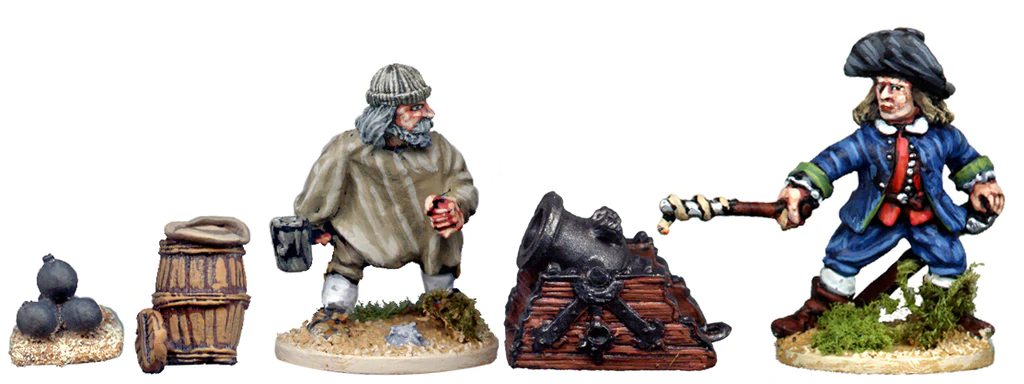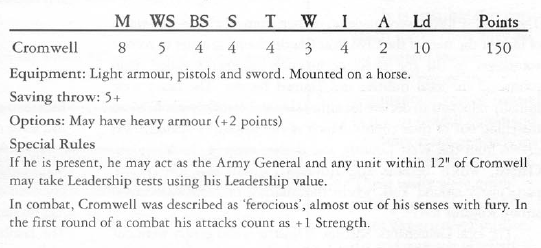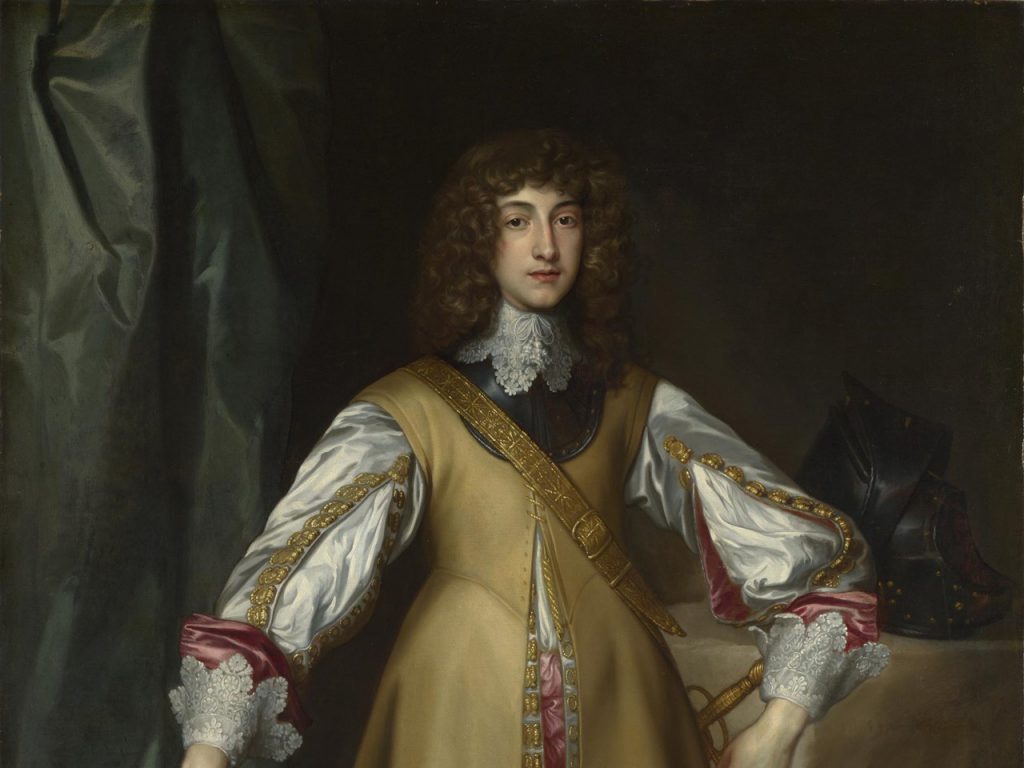Welcome to Goonhammer ‘02! We’re taking a look back to 20 years ago and some of the key releases of 2002. Today we’re getting historical, looking back into the history of historicals to review a strange 02 release: Warhammer English Civil War
In February 2002 Games Workshop released one of the very few major expansions to the Warhammer Ancient Battles line – Warhammer English Civil War. If, like me back then you weren’t that into historicals (or you still aren’t) or, sadly unlike me today, you aren’t old enough to remember wargaming in 02, that sentence has more questions in it than information.

Yep, Games Workshop had a fully functioning Historicals line. Yes, it had multiple expansions, and yes, enough support and work put into it that some of them could even be called “major” expansions. Warhammer Ancient Battles was the passion project of a couple of then-GW stalwarts: the Perry twins, John Stallard and Jervis Johnson, who turned a lunchtime pursuit into an independent line of rules and setting books that lasted until 2012. Most people’s exposure to Warhammer Ancient Battles at the time would have been small adverts in White Dwarf, maybe seeing some grogs (or even the famed Jervis) doing a demo game at a convention, or seeing the tiny table reserved for it at Games Day.
Though I never played it at the time, Warhammer English Civil War is still worth thinking about 20 years later.
Rules
Picking this up and giving it a read for Goonhammer 02, it really struck me that this is 5th edition Warhammer fantasy. The statline is the same, M, WS, BS, etc – the example profile given for an “average trained infantryman” is exactly that given for the “average human” in the Warhammer book. Facing, bases, line of sight, the turn structure all ports over exactly from 5th edition. Even the campaign system, the d66 rolling territories and spies that I never managed to actually play, and the arcane % based formulations for selecting your army list are torn direct from the core Warhammer rules, except this time there’s no separate allowance for lizard or spider swarms.

As a result, the game has a very familiar look and structure. Multiple small units of 10-20 men, or 5 Cavalry, fight shoot and charge in IGOUGO. Charges are double movement stats, rather than randomised, and charged units get a variety of responses and a random flee distance. Once in combat, or when shooting, it’s about individual model removal with the then-familiar process; hitting (looking up on a weapon skill chart, or subtracting ballistic skill from 7) , wounding versus toughness, rolling saves. This is going to feel slow for anyone un-used to it, and frustrating to boot – most of the time you’re really not doing that much.
Does any of this work for the ECW?
Well the core rules work well enough, and you can fight with them. That’s not a high bar by modern standards, but pre 00s historicals could be deliberately and maddeningly obtuse. You can use these rules to get models down on the table, and get playing quickly – there are even small refinements and improvements on the core Warhammer rules to make it a slightly better system (no incredibly long magic phase, for one). Unfortunately, that doesn’t make it a good Civil War ruleset. It’s such a straightforward port in most respects in the rules that it just never feels like anything other than two Warhammer Empire armies battling it out without wizards.

The one place where historical feel (something we’ve been very vocal about in Goonhammer Historicals content recently) comes through is in the treatment of pike and shot regiments. There are good, simple to effect rules for supporting fire from muskets, pikemen intercepting a charge, and joint movement. These are easier and more intuitive rules than their Pike and Shotte equivalents, for all that they’re a single page of text with three not particularly clear diagrams. The relationship of pike, shot and cavalry is the sole question of mass battle Civil War wargaming, and done very well here.
Herohammer
The character rules bit is so strangely out of place that it’s worth talking about more. 5th edition Warhammer was all about Heroes with insane magic item combinations mashing the shit out of each other and the hapless units that followed them around. Bizarrely, some of this carries over into the English Civil War.

Well, it’s toned down a little for the ECW, but the influence of those heady days is still very much present. All leaders and generals are just that little bit better than the average man – stronger (+1 or up to +3), faster, wiser, even tougher. Warhammer Fantasy had always explained that “3” was the average score for a human, with a 4 inch move and 1 wound. Seeing historical figures with full statlines from an edition of Warhammer I know so well is absolutely bananas to me, because I read them and compare them immediately and instinctively to my core armies in 5th edition: Goblins and Lizardmen. This feels extremely weird.
Cromwell, Saurus Champion

Cromwell gets some extremely solid rules, making him an extremely hard bastard in game. He’s as good a fighter as a Saurus Champion – hitting with only two attacks, but equal weapon skill, one less toughness but one more wound and higher leadership. Unfortunately he doesn’t get scaly skin or the bite attack, but he does get a 3+ and is mounted, giving him a better save and movement than the Saurus. In the first round of combat, Cromwell and the Saurus both hit at Strength 5 – in this edition putting a -2 on your opponent’s saving throw.
This means Cromwell can punch through a metal breastplate with his bare hands.
Alasdair Mac Colla, Black Orc Warboss with Potion of Strength

Alasdair was, no bones about it, a full on Conan warrior whose exploits and war crimes do read very much like something out of a Warhammer novel, but his rules depict him much closer to a seven foot hulking monster of Chaos Dwarf design. Weapon Skill and Balistic skill of 6 means that he hits consistently on anything but a 1, and strength 5 base (+2 for his claymore), allows him to wound a goddamn castle wall on a 3+. Toughness and Initiative five round him off as the greatest, toughest, quickest man that has ever lived, as tough, strong, brave and skilled as two men stapled together. He is so terrifying that he causes fear in lesser men, which may cause them to hit on 6s in combat. He will paste anyone in one on one, but more importantly, if a unit he charges fails a fear test he is very likely to win combat against any full unit in the entire game.
Prince Rupert, Champion of Khorne

One fun little thing you’ll note reading this book if you remember 5th edition is that special psychology rules got transplanted almost exactly to the English Civil war. Highlanders and other troops given the “Rabble” rule get Skaven leadership rules based on their rank bonus and a fear of cavalry. Prince Rupert, though, gets “Rash”. Rash is fantasy frenzy – you must charge, you usually have to move directly at an enemy, you always pursue and if you lose in combat you get the frenzy beaten out of you. Better than just being rash though, he grants rash to any unit he joins, just like chucking Skavenbrew, the Banner of Rage, a Witch Elf or a Champion of Khorne into a unit. Oh, and he can reroll shooting and has a magical ablative wound dog.
The non-rules bit
But no one is, or was, buying this for the rules. The book really does feel ECW, with every page either given lovely pen and ink sketches, important dates, large initial letters or incidental space fillers of pike, hats, cartridge belts and pistols. It’s a very old fashioned double column layout, but for all that it is absolutely gorgeous and a real labour of love just setting it out and decorating it. The Credits for the artwork belong to Dave Gallagher, Alan and Michael Perry and Rick Scollins, and what a fantastic job they did!
More than that, the rules (even the extended rules) make up about 50 pages – illustrated throughout – of 150, with a massive and really lovely guide to collecting, painting, playing modelling well, absolutely everything apart from the mechanics taking up the middle 30. This is classic Games Workshop Old Guard, and for better or for worse, something you find in a lot of their projects. Great shots of Perry-sculpted miniatures, a full guide to collecting, painting and basing, buildings, reenactors, scenery, best ways to transport pikes, and how to make a 12 by 6 wargaming table. A surprisingly massive amount of this is selling Wargames Foundry and Perry Miniatures, many still on sale today, probably the last time a GW product ever openly suggested you take your money elsewhere!

Reading this was a real hit in the nostalgia, but it also points to the future of historical wargaming, It’s Games Workshop in the early days of the great 00s peak, their foundational generation working one last project before spinning off into their own companies in a tide of acrimony. Warhammer English Civil War saw the key players in Warlord Games working together on a side project that led to new rules, new miniatures and even a new company. It’s not too much of a stretch to say that this book puts us on the path to Bolt Action, one of the most popular historicals games ever, and one that the Goonhammer Historicals crew is going to be covering in more depth soon! While it might not be a particularly good game, unless you like Saurus Champion Cr’mw-ell, it’s a surprisingly important one in British wargaming history.




